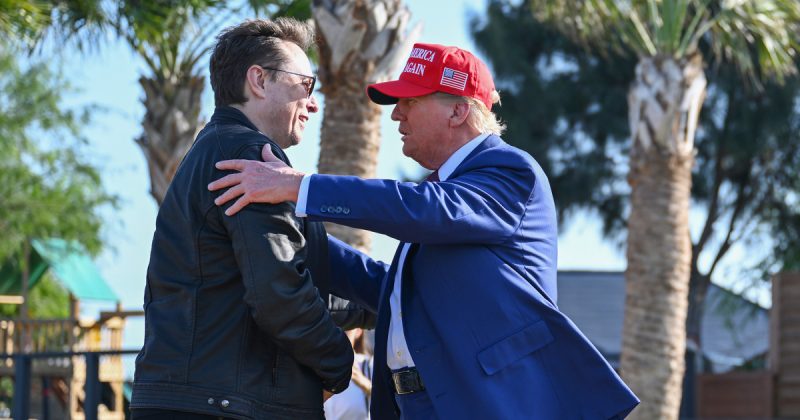
The recent public spat between President Donald Trump and Elon Musk represents the latest, and perhaps most dramatic, chapter in a complex and ever-evolving relationship. Their connection, spanning years, has swung wildly from collaboration and mutual support to bitter accusations and outright animosity. Let’s trace the twists and turns of this fascinating, and often unpredictable, dynamic.
Initially, Musk, a former Democrat, wasn’t a staunch Trump supporter. In fact, he even suggested Trump should forgo a 2024 White House bid, citing his age and past statements. This was in response to Trump’s criticism of Musk’s Twitter (now X) acquisition and Musk’s own admission of never voting Republican. This led Musk to briefly endorse Florida Governor Ron DeSantis for the presidency.
However, the narrative shifted dramatically. Weeks after taking control of X, Musk reinstated Trump’s account, a move that many interpreted as an olive branch. As Trump faced multiple indictments, Musk’s stance softened further, becoming increasingly sympathetic towards the former president and even predicting his victory in 2024 if arrested. This marked a significant change in their relationship.
In March 2024, a meeting between Trump and Musk in Palm Beach sparked speculation about financial support. While Musk denied providing any funding for Trump’s legal battles, he did admit to leaning away from President Biden. Trump, meanwhile, vaguely claimed to have helped Musk in the past. The connection between these two powerful figures was becoming undeniable.
The relationship took another significant turn in May 2024 with the creation of America PAC, a pro-Trump Super PAC funded by Musk. Rumors of a potential advisory role for Musk in a second Trump administration further solidified their alliance. By July, Musk officially endorsed Trump’s candidacy, following an assassination attempt on the former president. Trump, in turn, praised Musk’s potential financial contributions to his campaign.
An online rally on X in August saw Trump and Musk bond over shared policy positions, although Musk’s attempts to steer Trump towards renewable energy proved unsuccessful. By October, Musk’s financial contributions to Trump’s campaign had ballooned to nearly $75 million, funding extensive get-out-the-vote efforts.
Trump’s eventual victory in the 2024 election, with Musk’s contributions exceeding a quarter of a billion dollars, led to Musk’s appointment to head the newly formed Department of Government Efficiency. This appointment was a significant step, placing Musk in a powerful position within the Trump administration. He even joined Trump at a rally following the election and spoke at Trump’s inauguration rally.
However, the honeymoon period was short-lived. Tensions arose between Musk and other cabinet members, leading Trump to publicly limit Musk’s authority. Despite this, Trump demonstrated support for Musk’s Tesla company by turning the White House South Lawn into a temporary showroom. In May 2025, Musk stepped back from his White House role, citing a need to focus on his businesses. While both men publicly praised their working relationship, underlying tensions were already evident.
The final break came in June 2025, when Musk publicly criticized a Republican spending bill, leading to a bitter exchange of accusations. Trump expressed disappointment, suggesting Musk’s opposition was personal, while Musk accused Trump of ingratitude and even alluded to compromising information. The once-strong alliance had completely fractured, leaving behind a trail of public accusations and a stark reminder of the volatile nature of their relationship.










